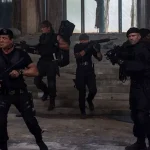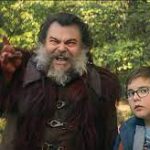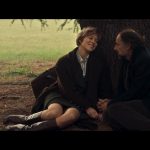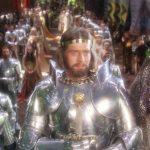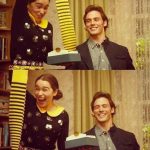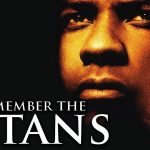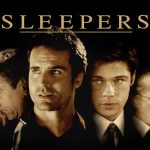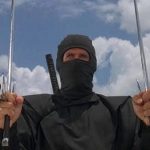🎬 Tangled (2010)
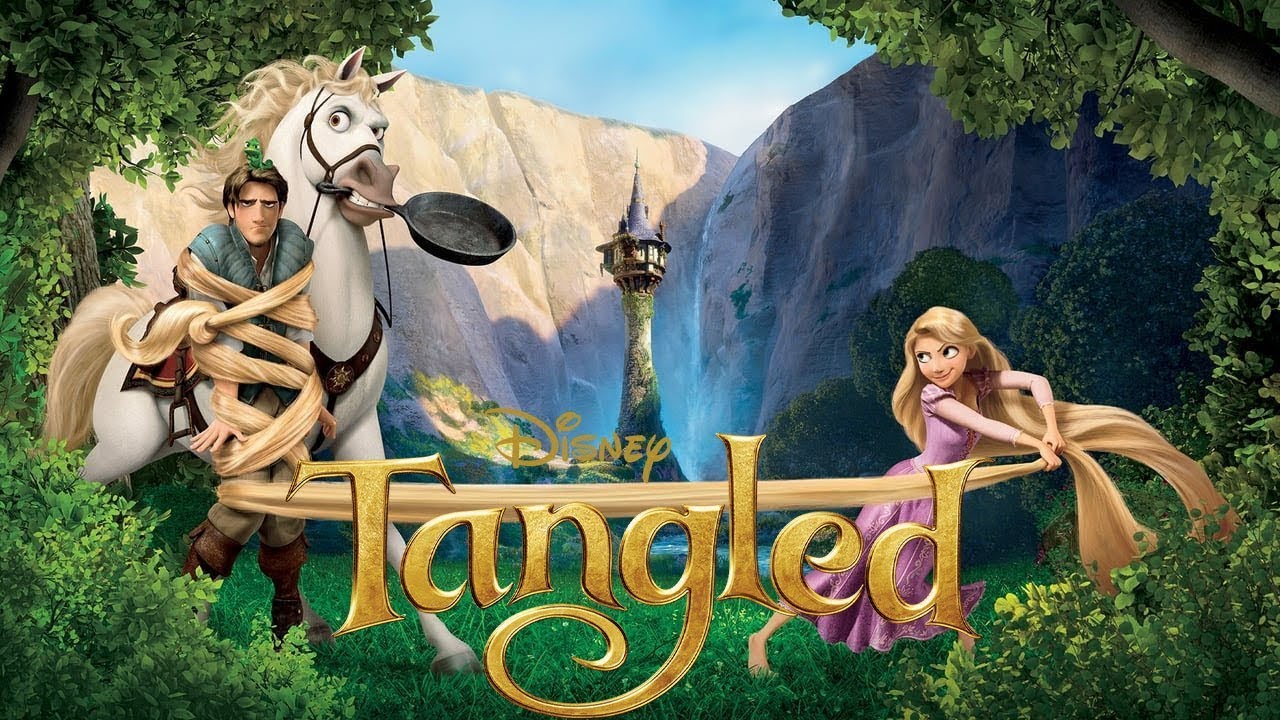
🎬 Tangled (2010) – A Luminous Twist on a Classic Tale
“Tangled” (2010) is a Walt Disney Animation Studios feature film that reimagines the beloved German fairy tale “Rapunzel” by the Brothers Grimm. Overflowing with vivid color, spirited characters, and a host of heartfelt musical numbers, Tangled stands as one of Disney’s most successful ventures in melding traditional fairy-tale charm with modern wit and computer-generated animation. This film marked a significant moment for Disney: it combined the timelessness of their classic storytelling traditions with a more contemporary approach to humor, character development, and cutting-edge animation technology.
A Story That Shines Like Lanterns
The narrative centers on Rapunzel, a princess born with magical golden hair that has healing powers. Stolen from her royal parents by the cunning and manipulative Mother Gothel, Rapunzel grows up locked away in a hidden tower, sheltered from the outside world. Gothel’s feigned maternal love and gaslighting of Rapunzel is a key tension point: Rapunzel is raised to fear and mistrust the world beyond her tower window.
As Rapunzel approaches her eighteenth birthday, her longing to see the mysterious annual lanterns—released every year by the kingdom in hopes of guiding their lost princess home—grows impossible to ignore. Fate intervenes when Eugene Fitzherbert, better known as Flynn Rider, a charming but selfish thief on the run, stumbles upon her secluded tower. In a whirlwind bargain, the two strike a deal: Flynn will escort Rapunzel to witness the floating lanterns, and in return, she will return a stolen crown he concealed.
The journey that follows weaves together action, romance, self-discovery, and comedic escapades. Along the way, Rapunzel savors the wonder of the outside world—delighting in new experiences and forging her identity separate from Gothel’s lies—while Flynn gradually reveals the wounded vulnerability beneath his overconfident persona. Together, they confront dangers from mercenary thugs, Mother Gothel’s relentless manipulations, and the kingdom’s guards, ultimately forging a bond built on honesty, respect, and genuine care. Their story culminates in revelations of Rapunzel’s true heritage, the ultimate defeat of Mother Gothel, and a joyful family reunion that brings closure to years of heartache.

Character Development: Growth Beyond the Tower’s Walls
Rapunzel is a refreshingly active and curious heroine. Far from a passive damsel, she’s inventive, resourceful, and brimming with optimism. Her internal conflict—torn between a love for her “mother” and an unquenchable curiosity about the world—is nuanced. She’s talented (her passions include painting, reading, baking, music, and more), and her innocence is balanced by an ever-growing confidence. By the film’s end, Rapunzel emerges as a young woman who can stand up for herself, defy manipulation, and define her own destiny.
Flynn Rider/Eugene Fitzherbert starts as a classic rogue: witty, somewhat vain, and self-interested. Yet, as he spends time with Rapunzel, peeling back his bravado, we learn he’s an orphan who created the persona of “Flynn Rider” to escape feelings of insignificance. Over the course of their adventure, his priorities shift from personal gain to Rapunzel’s happiness and well-being. By embracing his real identity and acting selflessly, Eugene’s transformation resonates as honest and heartfelt.
Mother Gothel is a unique Disney antagonist, more psychologically manipulative than overtly monstrous. She uses cunning words, patronizing endearments, and carefully crafted fears to keep Rapunzel dependent. Her villainy lies not in grand armies or dark magic (though her power comes from Rapunzel’s hair), but in her ability to gaslight and emotionally control the heroine. This dynamic adds complexity and a chilling realism to the conflict.
A Supporting Cast Full of Personality
The animal sidekicks, while mute, steal scenes with their expressive physicality and comedic timing. Pascal, Rapunzel’s loyal chameleon, serves as her conscience and protector in miniature form, silently encouraging her bravery. Maximus, the determined palace horse, initially a formidable, law-abiding pursuer of Flynn Rider, becomes an unlikely ally. Their presence injects humor and depth without distracting from the main narrative.
Additionally, the “Snuggly Duckling” pub thugs are a humorous subversion of expectations: beneath their fearsome appearances lie soft hearts and secret dreams, reinforcing the film’s message about not judging by appearances and embracing one’s true self.
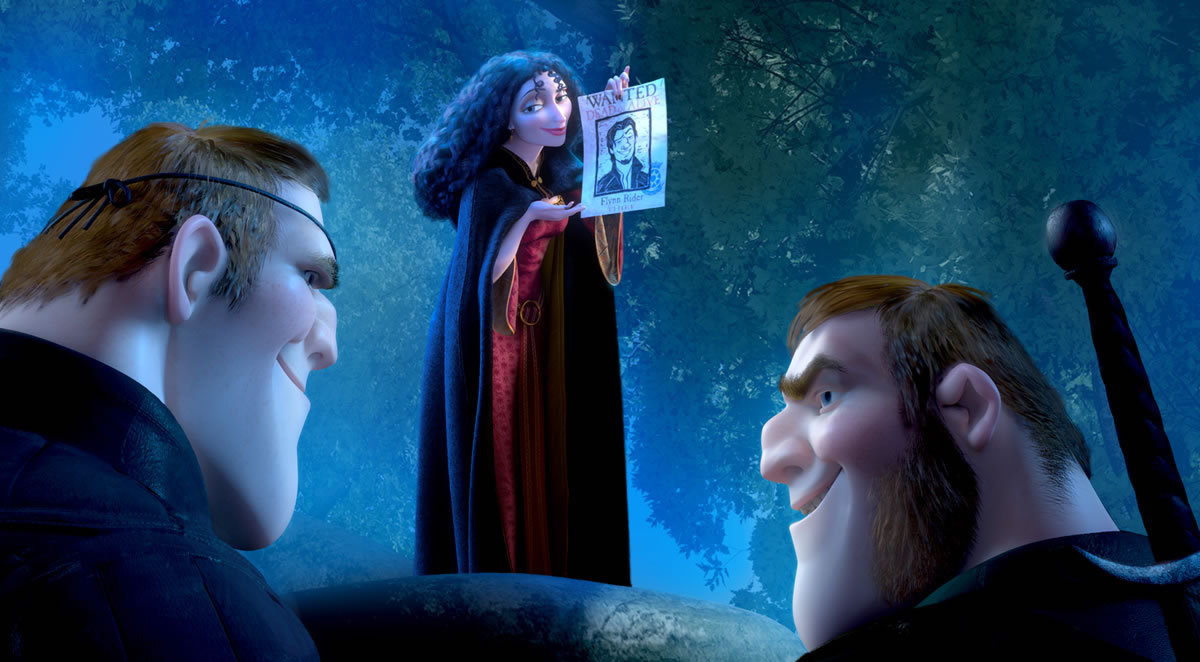
Visual Splendor and Animation Innovation
Tangled was a landmark in animation technology for Disney. Although it’s a CG-animated film, its visual aesthetic draws inspiration from traditional hand-painted animation, especially the soft, painterly feel of Disney’s classic heritage. The animators developed new techniques to emulate the warm, romantic lighting of oil paintings, capturing the glow of Rapunzel’s hair and the ethereal atmosphere of lantern-lit skies. The lush environments and fluid character animations strike a balance between realism and storybook fantasy.
The lantern sequence in particular is breathtaking. The scene—where thousands of lanterns gently rise over the water—is a masterclass in lighting, composition, and emotional storytelling. It visually represents hope, love, and the power of dreams, and stands as one of Disney’s most magical cinematic moments of the 21st century.
Music and Songs That Illuminate the Heart
The soundtrack, composed by the legendary Alan Menken with lyrics by Glenn Slater, pays homage to the Disney Renaissance era while incorporating contemporary Broadway flair. The songs further character development and mood:
- “When Will My Life Begin?” introduces Rapunzel’s daily tower routine and her longing for more.
- “Mother Knows Best” cleverly blends show-tune sensibility with unsettling undertones, capturing Gothel’s manipulative nature.
- “I See the Light”, the film’s romantic centerpiece, underscores the lantern scene with a tender duet that cements Rapunzel and Eugene’s bond and personal growth.
Each musical number advances the narrative, reflects internal conflicts, or celebrates new revelations, making the soundtrack integral to the storytelling rather than decorative filler.
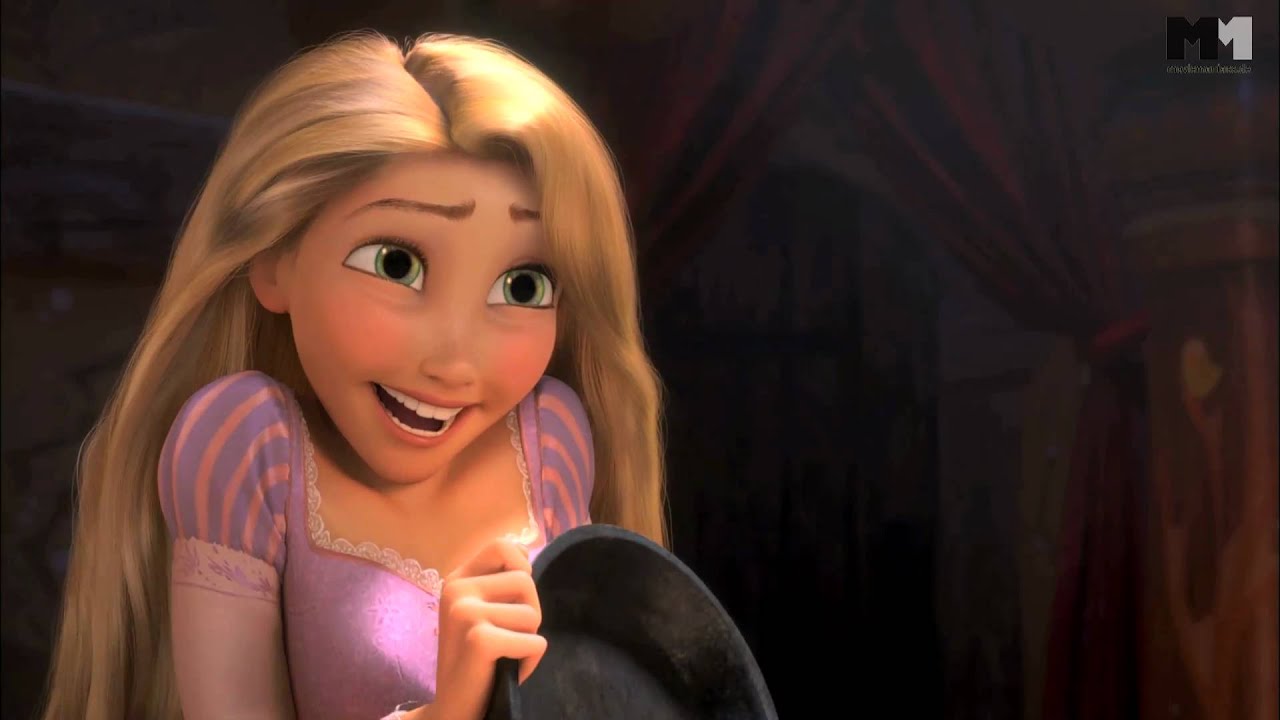
Themes: Freedom, Identity, and the Power of Dreams
Beyond the surface-level humor and adventure, Tangled resonates on a thematic level. It’s about yearning for freedom and forging one’s identity outside imposed boundaries. Rapunzel’s journey from the tower to the lanterns symbolizes stepping into the unknown, embracing courage over fear, and discovering the truth about oneself.
The film also addresses the complexity of familial relationships—here, twisted through Gothel’s manipulations—and the idea that real love means supporting another’s growth and independence, rather than confining them.
Another subtle theme is the balance between dreams and reality. Characters like Rapunzel and Eugene each harbor dreams that shape their decisions. Ultimately, Tangled suggests that while dreams can guide us, it’s the relationships and choices made along the journey that bring those dreams to life.
Legacy and Impact
Released during the Thanksgiving season of 2010, Tangled contributed to a new renaissance for Disney Animation, paving the way for the studio’s subsequent successes like Frozen and Moana. It combined heartfelt storytelling, engaging characters, strong female agency, and visual innovation. The film appealed to children and adults alike, blending timeless Disney charm with witty dialogue and a slightly modern sensibility.
Tangled’s Rapunzel would go on to appear in further media, including a Disney Channel television series, extending her story and the world introduced in the film. The movie’s success also reaffirmed Disney’s strength in adapting fairy tales for contemporary audiences, preserving the essence of classic lore while making it feel relevant and fresh.

Why Tangled Endures
More than a decade later, Tangled remains a standout in Disney’s catalog. It excels in character-driven storytelling, pairing emotional depth with kinetic humor and adventure. The interplay of light—literal and metaphorical—runs through the film, symbolizing Rapunzel’s journey from isolation and uncertainty to love, family, and self-realization. Viewers are left with the sense that dreams, while precious, are only the beginning of a much richer personal story filled with courage, kindness, and connection.
In essence, Tangled is a radiant celebration of hope and self-discovery, set in a world as luminous and enchanting as Rapunzel’s golden hair.
